Walk down the oral care aisle today, and you’ll find a growing section of toothpaste that proudly proclaims what it doesn’t contain: fluoride. Once the undisputed champion of cavity prevention, fluoride is now at the center of a heated debate. Driven by concerns over safety, a desire for “natural” products, and a wave of wellness marketing, many consumers are questioning whether this mineral is a necessary protector or a potential toxin to be avoided. This shift raises a critical question: can a toothpaste that forgoes this decades-old standard of dental care effectively protect your teeth?
The answer is not a simple yes or no, but a nuanced exploration of chemistry, risk perception, and clinical evidence. This article will dissect the fluoride-free trend by examining the legitimate pros and cons, investigating the alternative minerals that form the backbone of these formulas, synthesizing expert recommendations from dental professionals, and reviewing the real-world outcomes documented in case studies.
Weighing the Decision: The Pros and Cons of Going Fluoride-Free
The choice to use fluoride-free toothpaste is often driven by several perceived benefits, but it is crucial to balance these against the well-established risks.
The Perceived Pros (The “Why” People Switch):
- Avoidance of Fluorosis: Dental fluorosis is a condition caused by ingesting too much fluoride while teeth are still developing under the gums (typically in childhood). It results in faint white streaks or spots on the enamel. For parents concerned about their children’s fluoride intake from multiple sources (water, food, toothpaste), a fluoride-free option can seem like a safe way to eliminate one variable.
- “Natural” and “Clean” Appeal: The fluoride-free movement is a subset of the larger “clean beauty” and wellness trend. Many consumers prefer products with simpler, plant-derived ingredient lists and are wary of synthetic chemicals, categorizing fluoride alongside other controversial ingredients.
- Reduced Risk of Acute Toxicity: While extremely rare from toothpaste alone, high doses of fluoride can be toxic. The fear of a young child accidentally eating a large amount of fluoridated toothpaste, while manageable with proper supervision, is a genuine concern for some parents.
- Addressing Specific Sensitivities: A very small subset of the population may have a genuine allergy or sensitivity to fluoride, presenting as mouth sores (stomatitis). For these individuals, fluoride-free products are a necessity.
The Documented Cons (The Dental Health Risks):
- The Lost Gold Standard for Cavity Prevention: This is the most significant drawback. Fluoride’s mechanism is well-understood and proven. It works through two primary actions:
- Remineralization: It incorporates itself into the tooth’s crystalline structure, forming a harder, more acid-resistant material called fluorapatite.
- Inhibition of Demineralization: It disrupts the metabolic processes of cavity-causing bacteria and helps to reverse early-stage decay.
Without fluoride, toothpaste loses this proactive, therapeutic ability to strengthen enamel and fight cavities at a biochemical level.
- Increased Caries Risk: Numerous peer-reviewed studies and systematic reviews have consistently shown that the use of fluoride toothpaste is directly associated with a significant reduction in the incidence of dental caries (cavities). Choosing a non-fluoridated alternative removes this powerful protective factor, potentially leading to a higher risk of tooth decay over time.
- Misleading Marketing Claims: Many fluoride-free brands use fear-based marketing, exaggerating the risks of fluoride while overstating the capabilities of their alternative ingredients, creating a false sense of security for consumers.
The Alternative Arsenal: Examining the Minerals in Fluoride-Free Formulas
If fluoride isn’t in the tube, what is? Fluoride-free toothpastes rely on a combination of cleaning agents and alternative active minerals to compete. While they can clean effectively, their protective mechanisms are different and generally less potent.
- Nano-Hydroxyapatite (n-HA): This is the most promising and scientifically backed alternative. Hydroxyapatite is the natural mineral that makes up about 90% of our tooth enamel. The nano-sized version is engineered to be small enough to integrate into the tooth surface.
- Claim: It works by biomimicry, filling in microscopic erosions and defects in the enamel, creating a smooth, shiny surface that is less susceptible to plaque attachment and acid attack. It also has some antibacterial properties.
- Evidence: Studies, particularly from Japan where it was developed, show it is effective at reducing hypersensitivity and can help remineralize early carious lesions. However, the volume of long-term, independent research is not yet as vast as that for fluoride. It is considered a good alternative, but whether it is superior to fluoride remains a subject of ongoing research.
- Xylitol: This is a natural sugar alcohol derived from plants like birch trees.
- Claim: Xylitol cannot be metabolized by the harmful bacteria Streptococcus mutans that cause cavities. When these bacteria consume xylitol, their energy is wasted, which inhibits their growth and reduces their ability to produce acid.
- Evidence: The evidence for xylitol is strong for caries reduction, but primarily when used in high doses (5+ grams per day) across multiple exposures (gums, mints, etc.). The concentration in toothpaste alone is likely insufficient to be the primary protective agent, but it is a valuable supporting player.
- Calcium Sodium Phosphosilicate (NovaMin®): This is a bioactive glass compound.
- Claim: Upon contact with saliva, it releases calcium and phosphate ions, which are the building blocks of enamel, to form a protective layer over the tooth.
- Evidence: It is highly effective for treating dentin hypersensitivity and shows promise in remineralization. However, it is a patented, expensive ingredient and is less common in over-the-counter products.
While these alternatives have merit, most dental scientists agree that they do not replicate the unique, dual-action mechanism of fluoride. They are best viewed as effective supplements or alternatives for specific concerns, rather than a one-to-one replacement for everyone.

The Professional Consensus: Expert Recommendations and Warnings
The consensus across every major dental and public health organization in the world—including the American Dental Association (ADA), the World Health Organization (WHO), and the Centers for Disease Control and Prevention (CDC)—is unequivocal: fluoride toothpaste is safe and effective for preventing dental caries and is a cornerstone of public oral health.
Key Expert Points:
- Safety at Recommended Doses: Experts universally affirm that fluoride in over-the-counter toothpaste is safe for adults and children over two years of age when used as directed (a pea-sized amount, supervised for young children to prevent swallowing).
- Fluoridated Water as a Public Health Victory: The CDC named water fluoridation one of the ten great public health achievements of the 20th century. It is responsible for a dramatic decline in tooth decay across populations.
- Risk-Benefit Analysis: Dental professionals emphasize that the risk of mild fluorosis is far outweighed by the significant, proven benefit of cavity prevention. The damage from cavities—pain, infection, tooth loss, and expensive restorative work—is a concrete and common outcome, whereas severe fluorosis is rare in areas with optimally fluoridated water.
- The ADA Seal of Acceptance: This seal is not easily obtained. A product must provide scientific evidence proving its safety and efficacy. The vast majority of accepted toothpastes contain fluoride. The absence of this seal on many fluoride-free products is a red flag for dentists.
Reality Check: Case Studies and Real-World Outcomes
Beyond the laboratory and the expert opinion, real-world examples illustrate the potential consequences of forgoing fluoride.
Case Study 1: The “Natural-Focused” Family
A family switches to a popular, well-marketed fluoride-free toothpaste for all members, including their two young children. Despite a healthy, low-sugar diet, both children develop multiple interproximal cavities (between the teeth) within two years. Their dentist notes that while their brushing habits were good, the lack of fluoride’s remineralizing effect left their enamel vulnerable to the acids produced by normal oral bacteria, leading to decay in hard-to-clean areas.
Case Study 2: The Adult with Sensitivity
An adult with generalized tooth sensitivity, wary of fluoride, switches to a nano-hydroxyapatite toothpaste. After several weeks of consistent use, they report a noticeable decrease in sensitivity to cold and a smoother feel to their teeth. In this case, the n-HA was effective at occluding dentinal tubules (the microscopic tubes in the dentin that cause sensitivity), demonstrating its value for this specific issue, though its long-term cavity-fighting efficacy remains to be seen.
Case Study 3: The Compromise
A parent concerned about fluorosis for their 3-year-old uses a fluoride-free training toothpaste but ensures the child drinks fluoridated tap water. The child’s dentist recommends switching to a pea-sized amount of fluoride toothpaste once the child can reliably spit, explaining that the topical benefit of fluoride on the erupted teeth far outweighs the minimal risk from ingestion at that age.
Conclusion: An Informed Choice in a Tube
So, does fluoride-free toothpaste work? It works to clean teeth, to reduce sensitivity with certain ingredients, and to provide a perceived sense of safety for those concerned about fluoride exposure. However, the overwhelming scientific and clinical consensus is that it does not work as effectively as fluoride toothpaste for the prevention of dental caries.
The decision is ultimately a personal risk-benefit calculation. For individuals at very low risk of cavities with impeccable diet and hygiene, a fluoride-free toothpaste containing nano-hydroxyapatite may provide sufficient protection. But for the vast majority of the population, including children, choosing a fluoride-free toothpaste means voluntarily disarming one of the most powerful, proven, and safe weapons in the fight against tooth decay. Before making the switch, the most prudent step is to have an open conversation with your dentist, who can assess your individual risk and help you make a choice grounded in science, not just marketing.

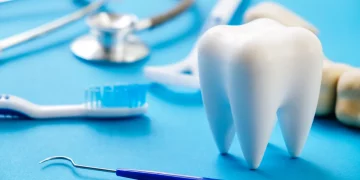



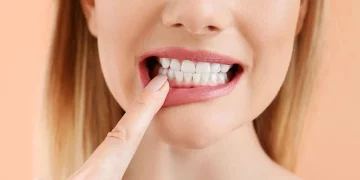
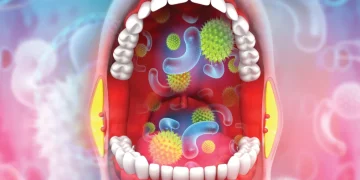
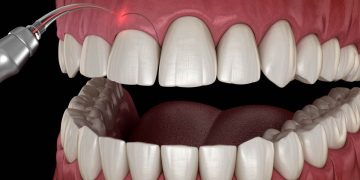
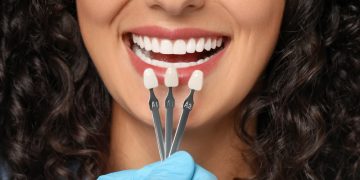
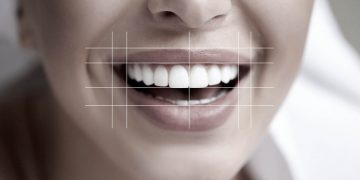
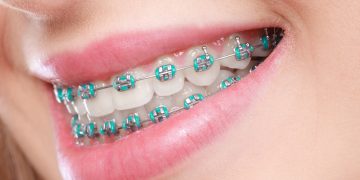
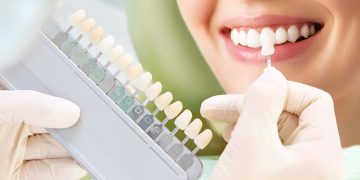
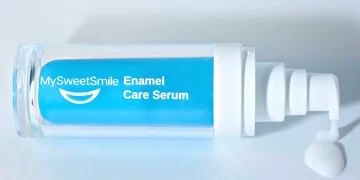

















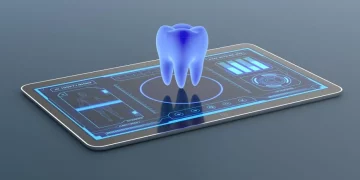
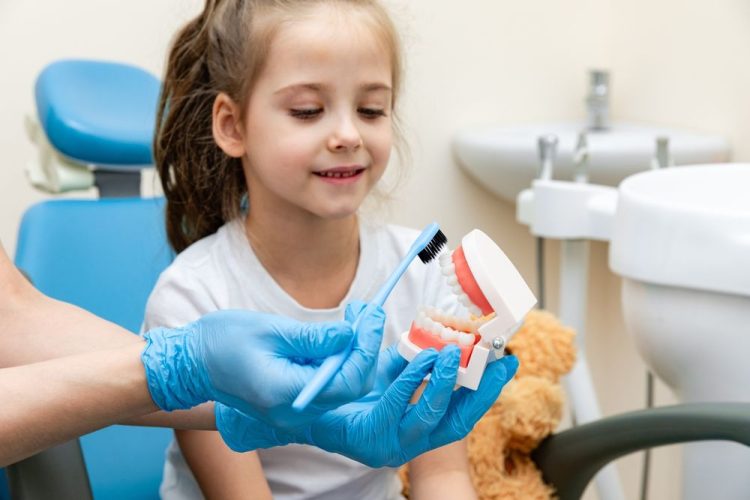













Discussion about this post